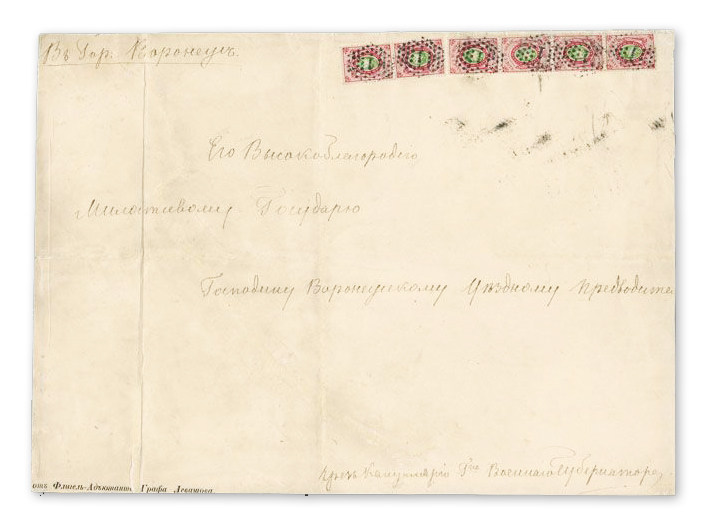Interview: Cherrystone Vice President Joshua Buchsbayew
Views : 9264

About Joshua Buchsbayew
Where (and when) were you born and raised?
I was born (1978) and raised in New York City.
How did you earn your first money ever?
As a young child I would occasionally work at Cherrystone when off from school.
Do you collect stamps? Which countries/themes?
As I was surrounded by stamps my whole I never felt the need to create my own stamp collection.
Do you have any other hobbies or activities you enjoy doing?
Reading up on history, playing golf and coaching Baseball.
Do you love what you do?
I do – my work is intellectually fulfilling and I get to spend every day with my family.
How Cherrystone Auctions Started
How was Cherrystone founded?
Cherrystone was founded by my grandfather, Charyton in 1967 when he immigrated to America from Poland. For the first 20 years, the company was a retail shop in Manhattan.
Why the company was named “Cherrystone”?
My grandfather's name (Charyton) was often pronounced “Cherrystone” by Americans and the name stuck.
What were the first lots auctioned by Cherrystone? Were those expensive stamps or something ordinary?
Auctions began in the late 70s and for several years were mostly lower priced items.
Where did your company get your first items from?
My father Paul was an avid stamp collector as a child.
What activities/events helped to achieve breakthrough results in different periods of Cherrystone?
My father Paul shifted the company from a store to an auction house in the late 70s/early 80s and Cherrystone began holding auctions every two months. The rise of the internet also helped to expand the hobby and Cherrystone’s customer base rapidly multiplied to clients all over the world. We also “returned to our roots” and create an online retail store (Cherrystonestamps.com) which sells lower-priced material.
Cherrystone These Days
Please describe the work environment in your office. What is your typical workday like?
A typical day is split between describing new lots, shipping sold lots and creating the next catalog, combined with searching for new material (talking/meeting with vendors, etc).
How much time does it take to launch an auction? How many people are engaged in the process (at the preparation stage)?
There are three of us at Cherrystone – myself, my father Paul and my wife Amy. We can usually create a catalog/auction within 3 weeks, including descriptions, lotting, scanning, etc.
How much time does your business take up?
All of it.
Are there any difficulties now?
We have an efficient system which is working well for us but we can always use more material.
What are the 3 most expensive lots you have ever sold?
Russian 1924 Airmail sheet with a “Wide 5” for $800,000, Russian 1935 small “F” inverted for $718,000 and a US Inverted Jenny for $345,000.
What is your perspective on the philatelic industry in general and philatelic auctions in particular?
I think that the stamp market is much larger and healthier than most people give it credit for. While it is true that stamp shows and organization are seeing their numbers decline, there are still a lot of new collectors entering the hobby who enjoy it from the comfort of their computer (every auction we have we see 20-30 new customers who have never bid with us before).
Cherrystone Gallery of Rarities
Russia 1924 10k on 5r green type II
Price Realized: $805,000
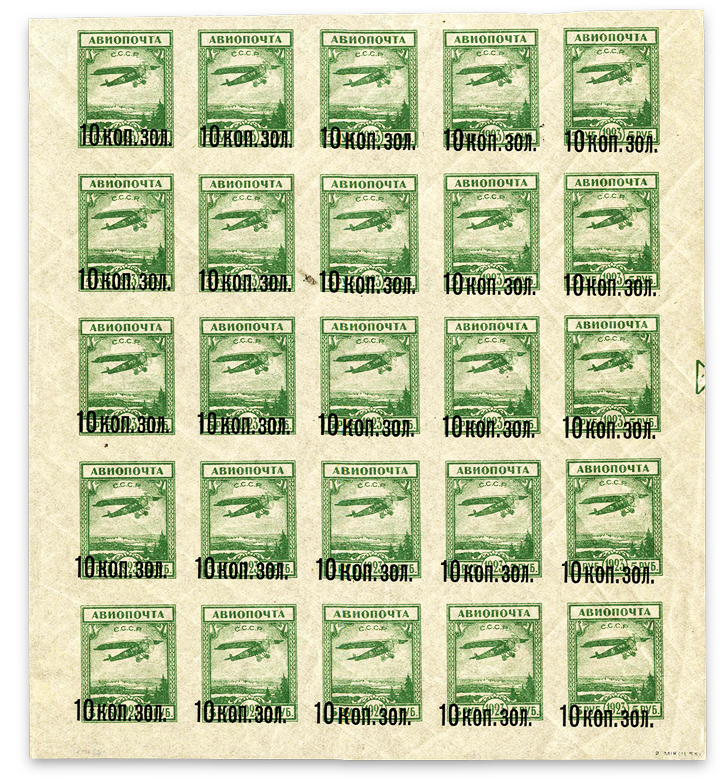
1924 10k on 5r green type II, basic stamp wide "5", a complete pane of 25, unique.
June 2008 auction.
Russia Philatelic Exhibition in Moscow
Price Realized: $776,250
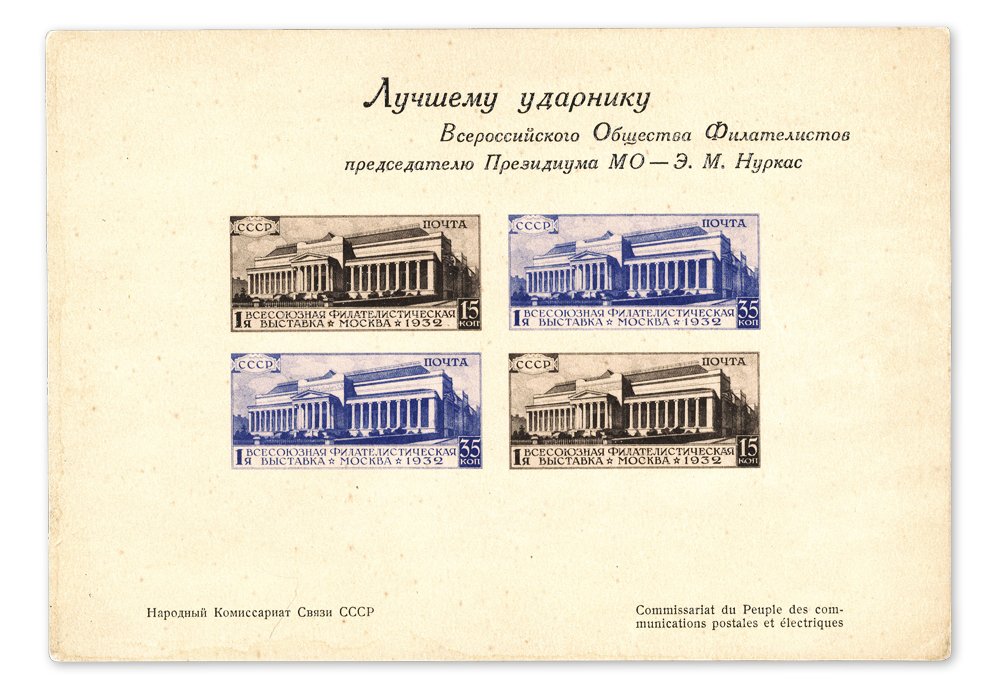
All Soviet Philatelic Exhibition in Moscow, souvenir sheet of four on thick card, with the unique
three line personalized overprint "To the best shock worker of the All Russian Philatelic Society -
President of the Moscow Philatelic Organization E.M. Nurk.
October 2008 auction.
Russia 1935 San Francisco Small Cyrillic "f"
Price Realized: $718,750
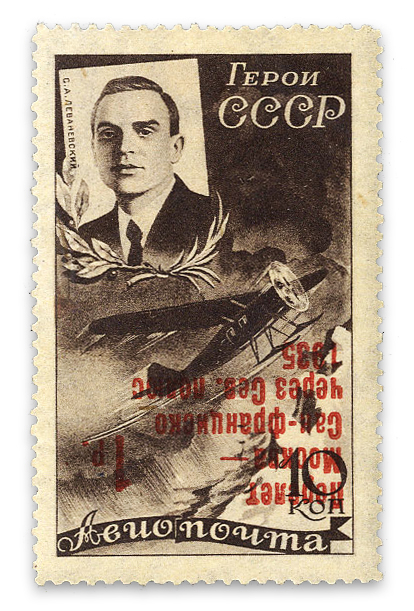
1935 San Francisco surcharge, small Cyrillic "f" in "San Francisco", surcharge inverted.
June 2008 auction.
Russian Empire Cover
Price Realized: $517,500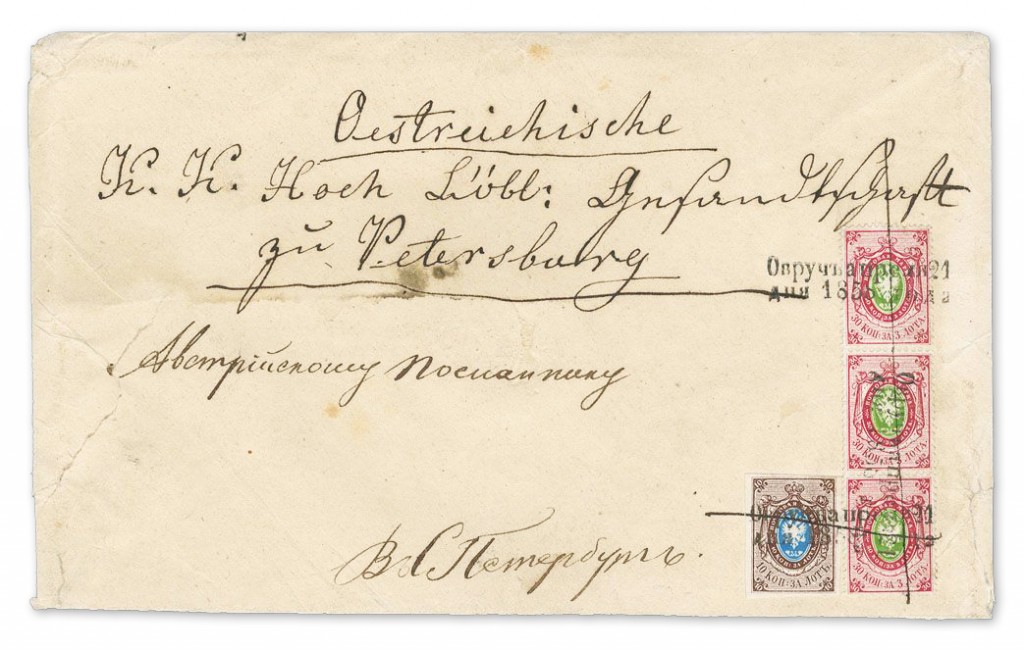
Unique Combination Cover, #1,4 Mikulski Sale.
June 2006 auction.
United States 24c Center Inverted
Price Realized: $345,000
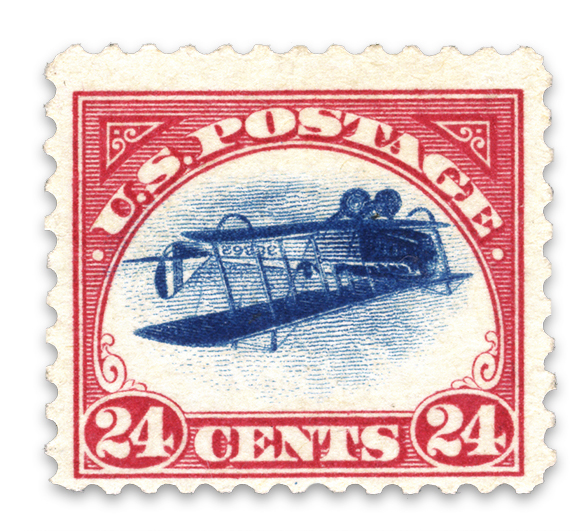
24c carmine rose and blue, center inverted, position 22 (C3a).
December 2010 auction
China 1925 3 Cts on 4c Inverted
Price Realized: $276,000
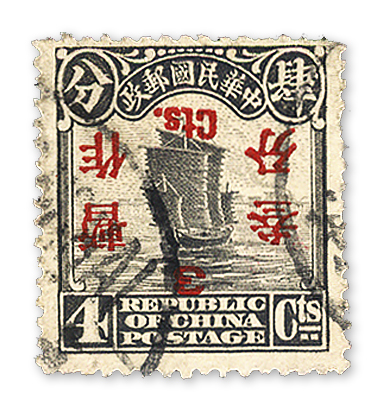
1925 surcharged in red on second Peking printing 3 Cts on 4c slate-gray, surcharge inverted error, used.
December 2010 auction.
Canada 1851 12p
Price Realized: $218,500
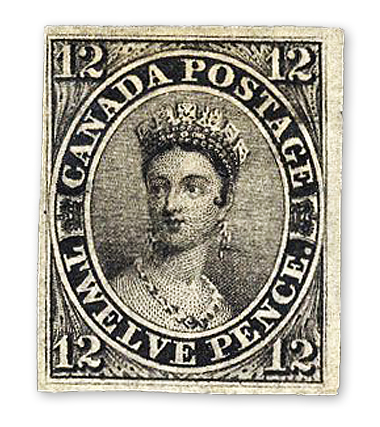
1851 12p black, unused, with part original gum, BPA certificate (Scott 3).
January 2008 auction.
Russian Empire Cover
Price Realized: $264,500
Largest Known Franking, #4 Mikulski Sale.
June 2006 auction.
Russian Consular Air Post
Price Realized: $218,500
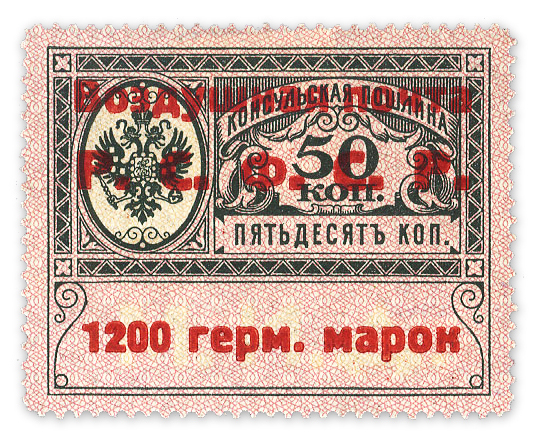
1922 1,200m on 50k, overprint type IV, lightly hinged, v.f., with Mikulski certificate.
Type IV occurs only twice per setting of 25, hence only four can exist.
September 2008 auction.
